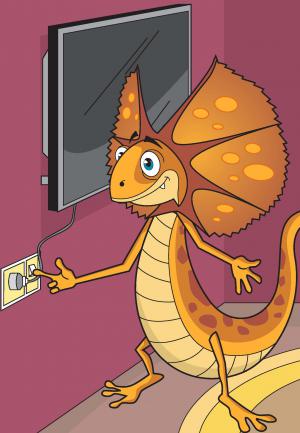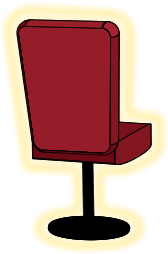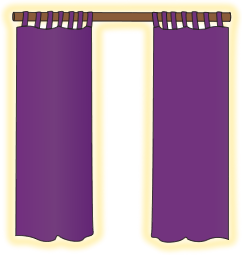Using non-renewable fuels to generate electricity is harmful to our environment.
By choosing energy-efficient appliances, you can help reduce greenhouse gas emissions and save money on your energy bills.
When electronic equipment like your TV, DVD, CD player or computer are left on after use, they remain in active standby mode. You can tell if it is on standby mode because usually there will be a little red light on.
Standby power can account for up to 10 per cent of the electricity you use in your home.
Australians spend more money to power home audio products on standby than when actually in use. Remember to turn them off at the appliance instead of using the remote when you are finished using them, or even better switch them off at the power point!

If your family is getting a new appliance, look for the Energy Rating label.
Many electrical appliances sold in Australia have an Energy Rating Label to help you compare how much electricity the product uses against other appliances.
The label also provides an incentive for manufacturers to improve the energy performance of household appliances.
The more stars is has, the less energy it uses. So each extra star will save your family money.
An average household can use around a quarter of its total energy on heating water. It’s important to use an efficient system that suits your needs.
There are two basic types of hot water systems:
Storage water heaters heat and store water in an insulated tank for use when it’s needed.
Instantaneous systems (or continuous flow systems) only heat water when it’s needed and don’t use a storage tank.
As you already know, heating water uses lots of energy, so to really save money use cold water! By using cold water to wash your clothes you could save up to $150 a year.
If you are helping pack the dishwasher or putting washing in the washing machine remember to always make sure it’s full. Half a load uses just as much electricity as a full load, so whenever possible always make sure you have a full load of washing.








